Wildflowers are both ephemeral and enduring
Funny how things come full circle. Perhaps it’s more like a circle ever spiraling outward. It never completes itself and as you pass a point on the previous circle, a memory is stirred of what has gone before.
In Grade 12, we were given a project to complete. The instructions for this project have long faded. But the fun and learning that happened has stayed with me and every once in a while the memory comes into focus.
Cataloging the edible plants of the North Okanagan.
While not sure that it wasn’t the freedom from the classroom that gave the strongest buy-in to my idea, six of us embarked on the project.
Our research had us find, photograph, and catalogue plants such as wild ginger, strawberries, raspberries, mullein, plantain, skunk cabbage, dandelions, Oregon grape, roses, and nettles.
Some of the plants were common and easy to find. Some were a little less common and harder to find and I don’t remember how many there were in total.
And some as was the case with rose hips and Oregon grape, weren’t ready for harvest in June. But we took pictures of the plants, the terrain, and included pertinent nutritional and medicinal information in our project.
We traipsed through the woods, and meadows, and marshlands.
We navigated hillsides, searched the spongy ground beneath tall cedars, and followed winding river trails.
Yes, we had fun and we may have gone swimming once or twice in waters high from spring run-off (we were unsupervised after-all).
We completed the project and learned something of our world in the process.
For me, it sparked an interest in edible and medicinal plants and I went through a phase where I harvested some of these wild edibles like Oregon grapes and rose hips, which my Mom and I preserved.
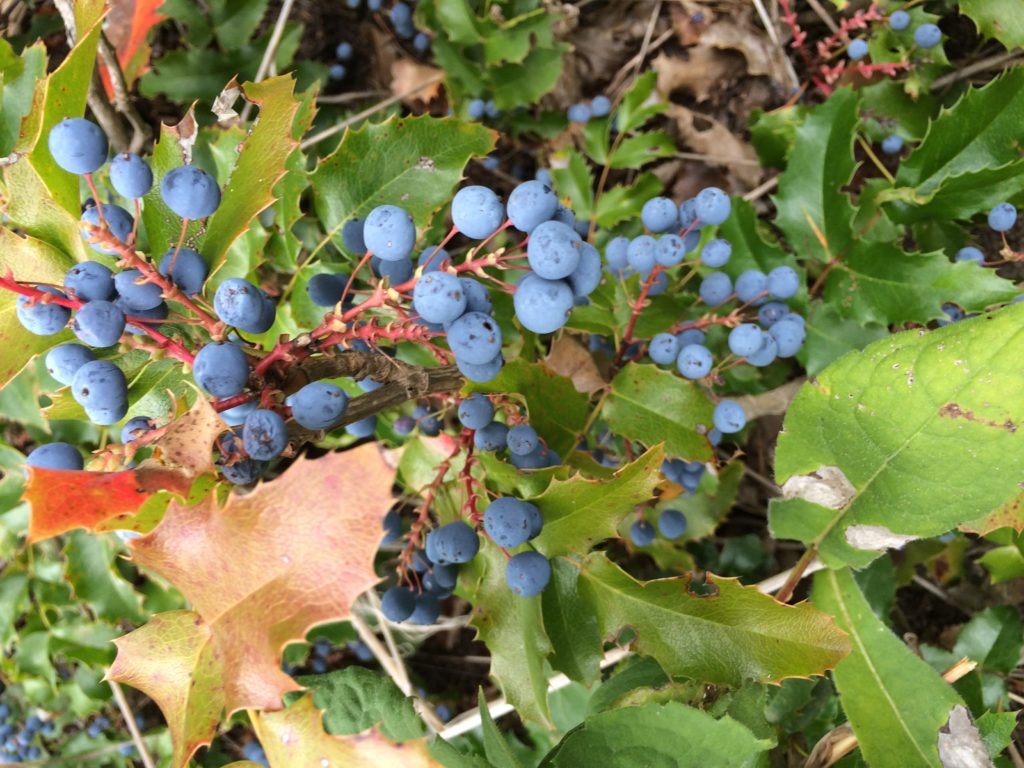
Oregon grape
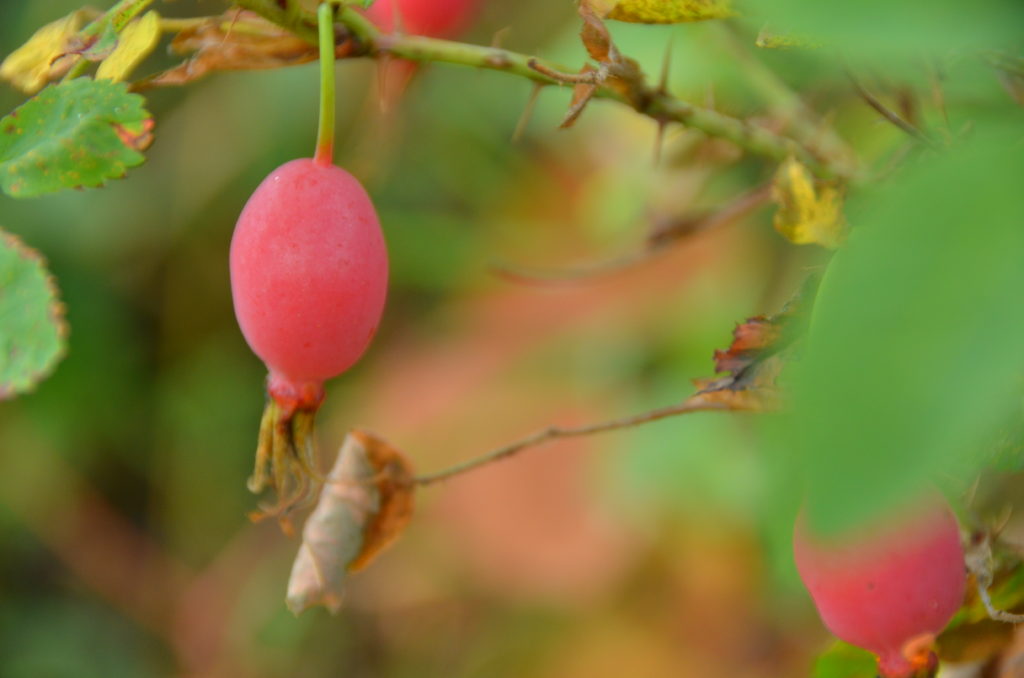
Rose hip
Fun Fact
Did you know that 1 cup of rose hips contains more vitamin C than a dozen oranges? At least that’s what I remember we recorded. I looked it up for this post and the internet claims that rose hips contain 10 – 50x the amount of vitamin C in an orange.
But more recently, my quest began with the wild crocuses
Shortly after the snow melts, and before the grass turns green, the crocuses bloom. There’s one spot where I love to go each spring to see the landscape carpeted with these flowers, so delicate, yet hardy.
Each year is slightly different. Depending on the weather, they may be more prolific than other years. Even their color varies from year to year. Sometimes pinkish, other times more purple. This year they were purple.
It’s funny how long it can take for the subconscious to inform the conscious
This project should have been easy and straight forward. Share the pictures of the wildflowers of the North Peace with you. But whenever I sat down to complete the post, there was a resistance that was undefined.
As I uploaded each picture and sought to categorize and name the flowers, it hit me. I’d gotten caught in a loop. This isn’t a repeat of my Grade 12 project where I was categorizing and writing about the virtues of each plant.
Rather it’s about sharing my love of nature and the awe inspiring lessons learned from the wildflowers.
Lessons from wildflowers are at the end of the small picture gallery.
[easy-image-collage id=1496]Wild Crocus
[easy-image-collage id=1500]Harebell
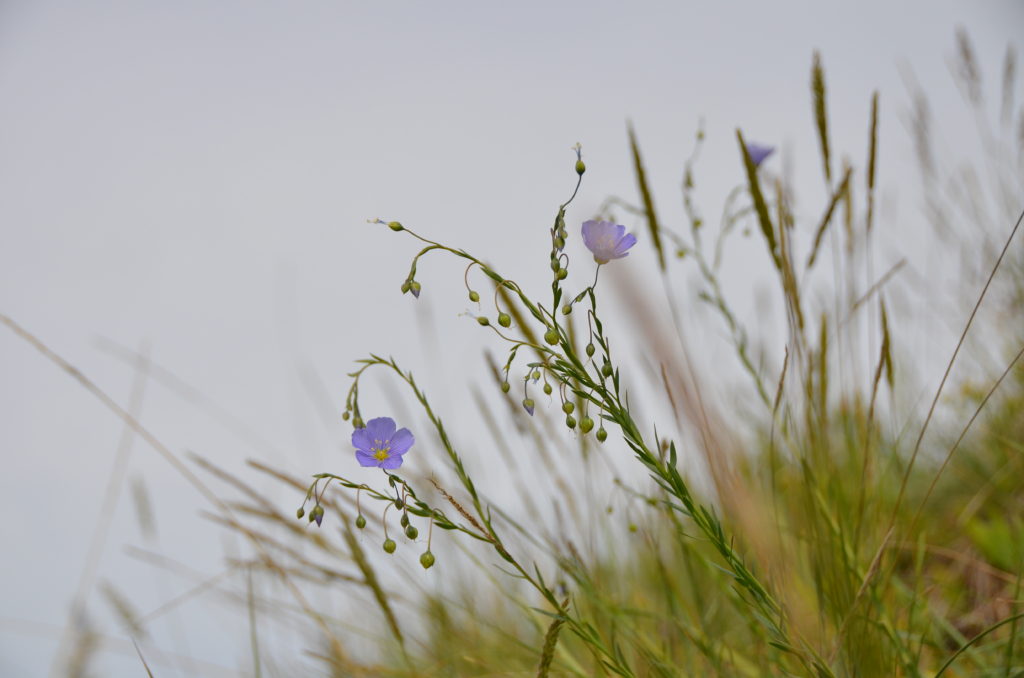
Wild Flax
[easy-image-collage id=1499]Northern Blue Violet
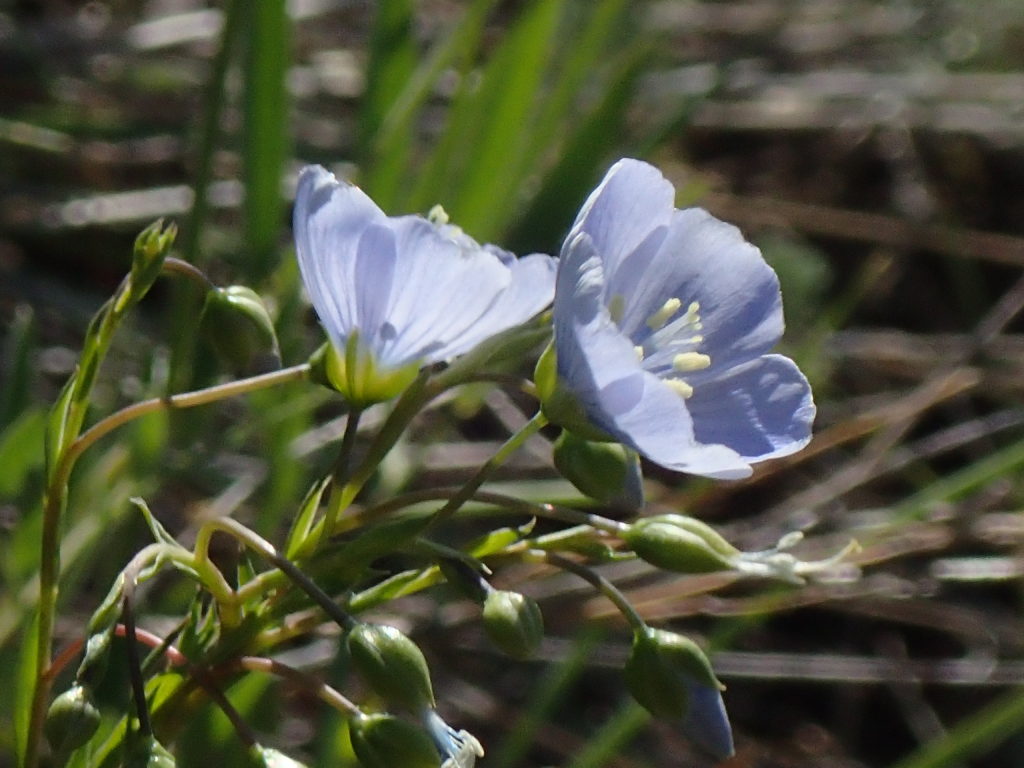
Anemone
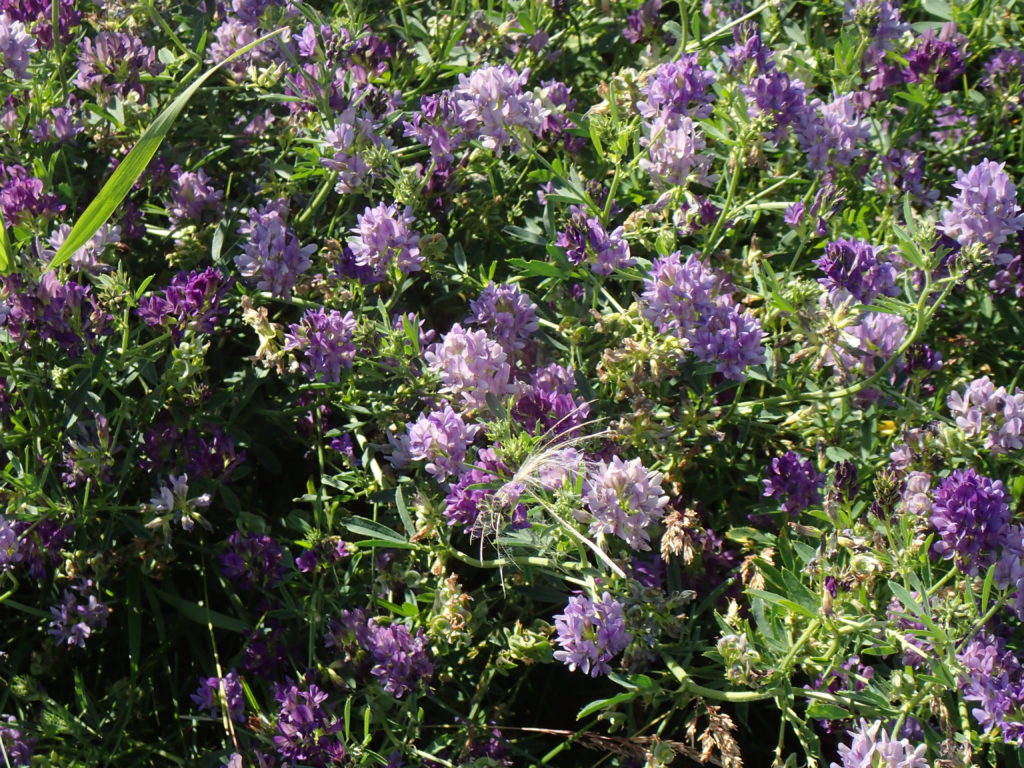
Purple Clover
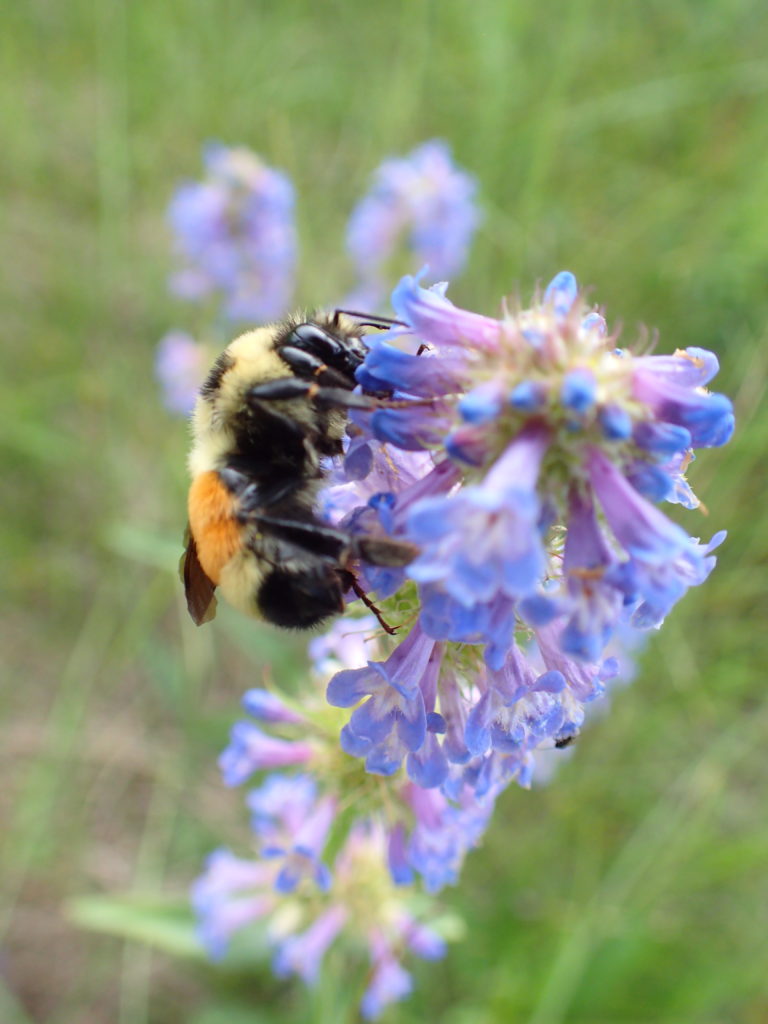
Cardinal
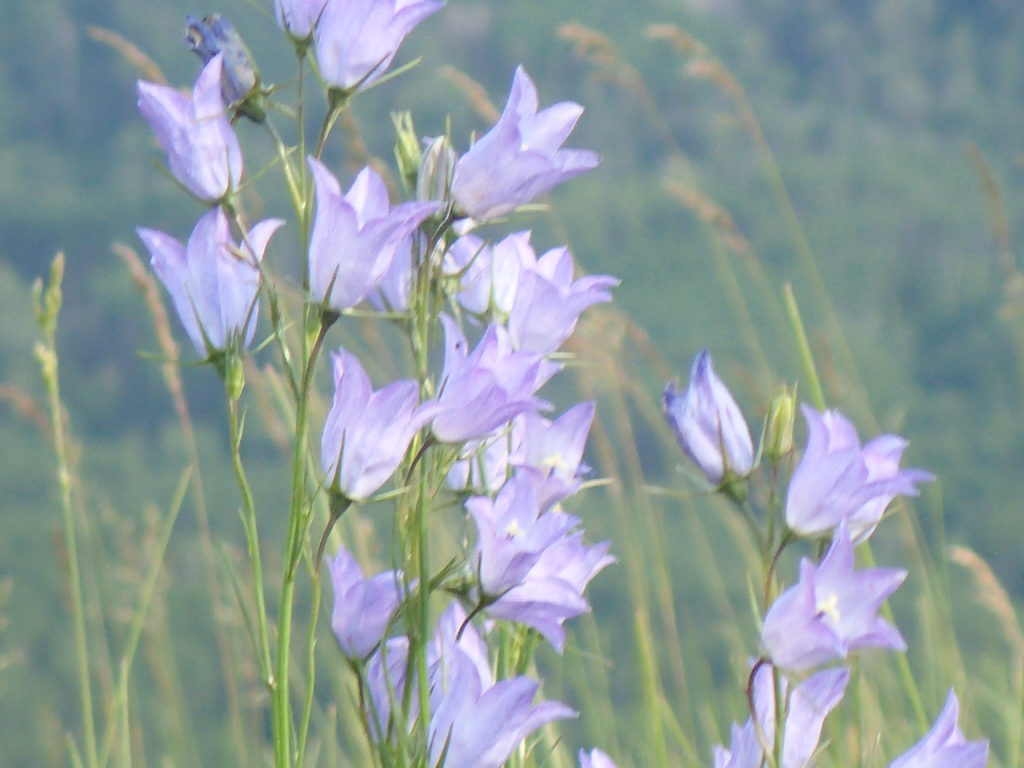
Bluebells
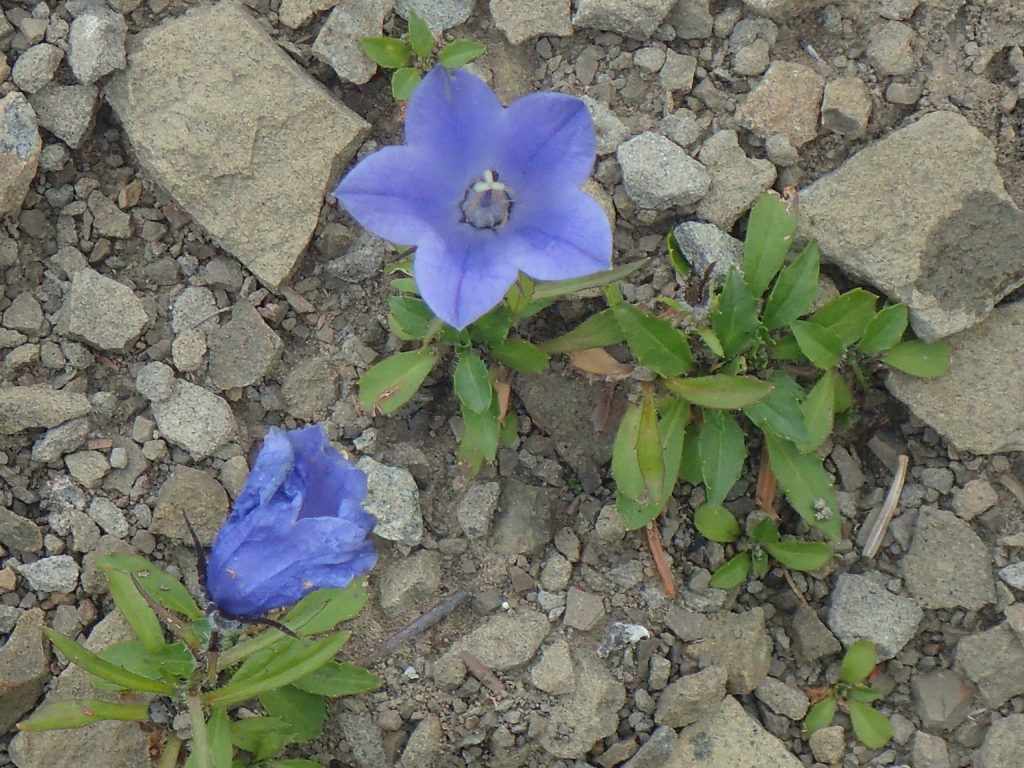
Harebells
[easy-image-collage id=1495] Lupine?
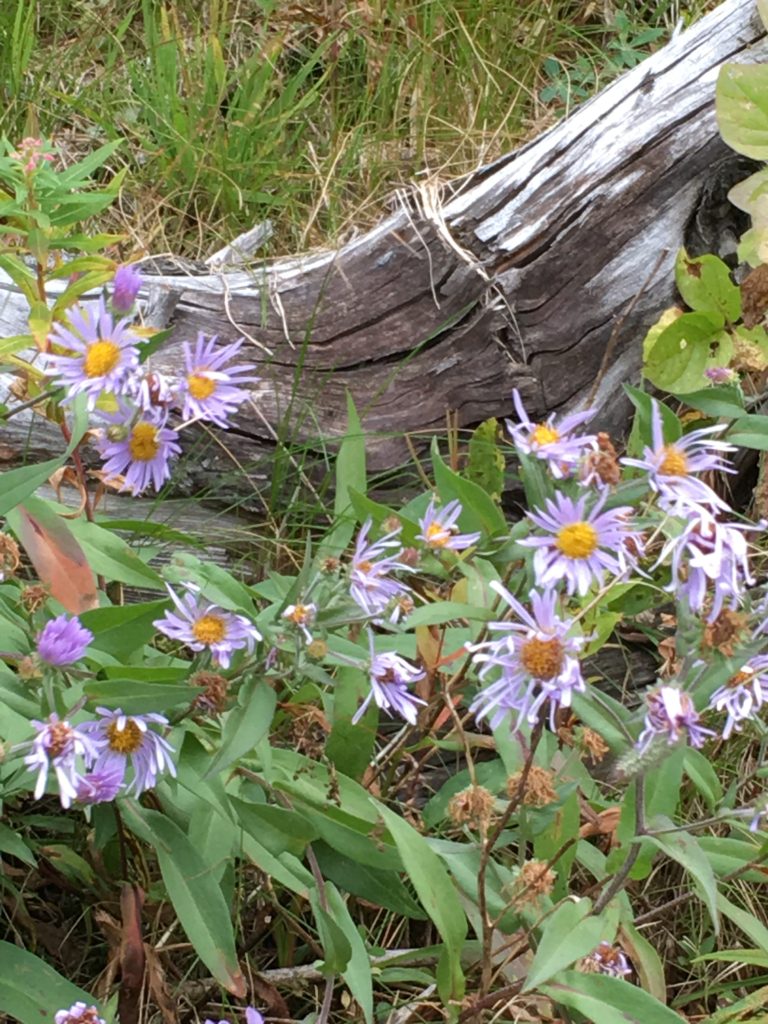
Blue Aster
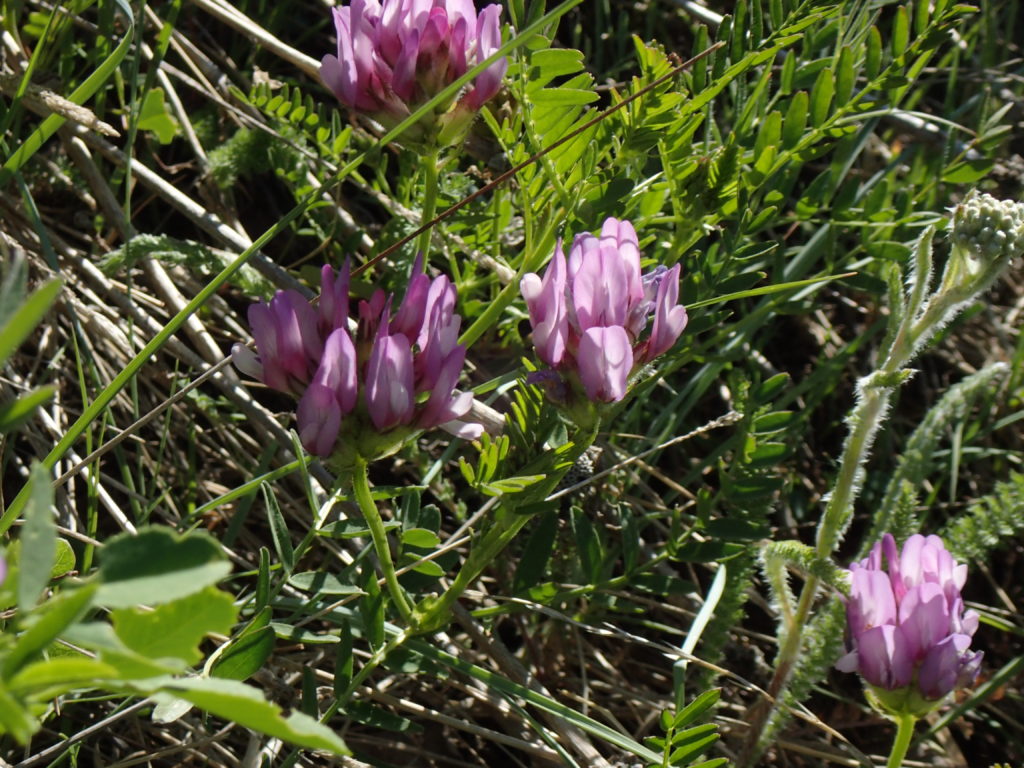
Clover
[easy-image-collage id=1498]Fireweed
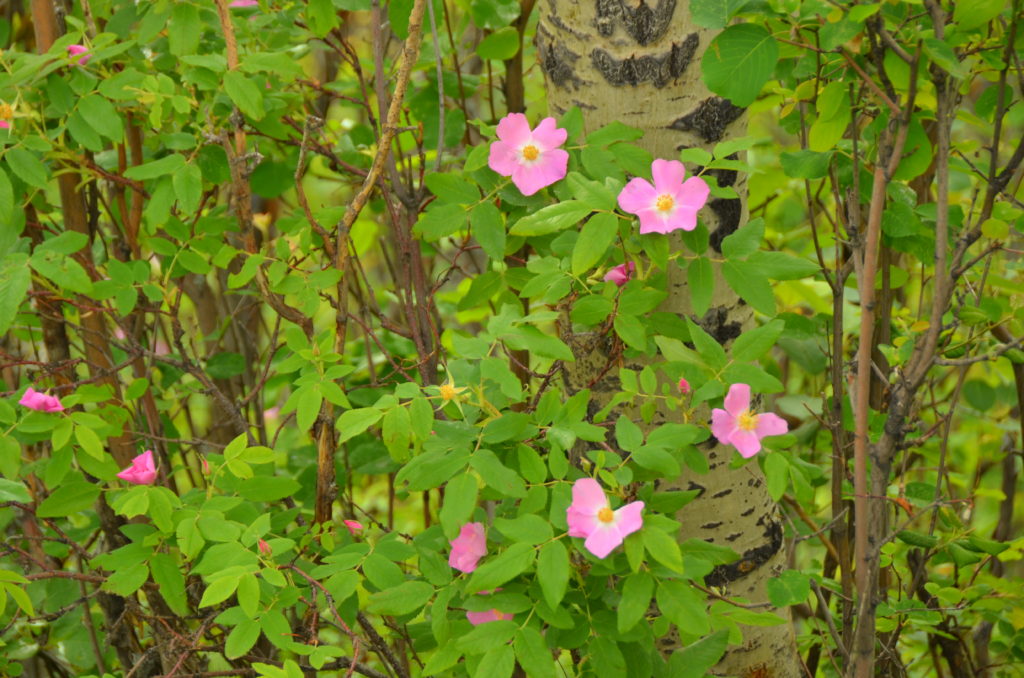
Wildroses
[easy-image-collage id=1492]Columbine
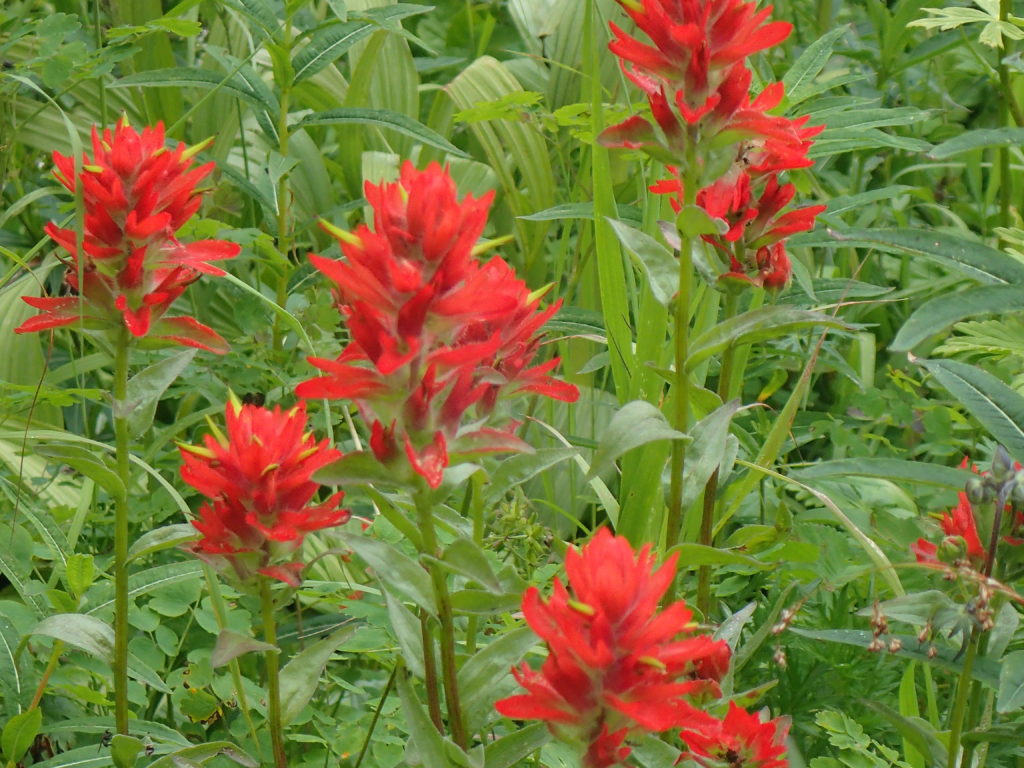
Paintbrush
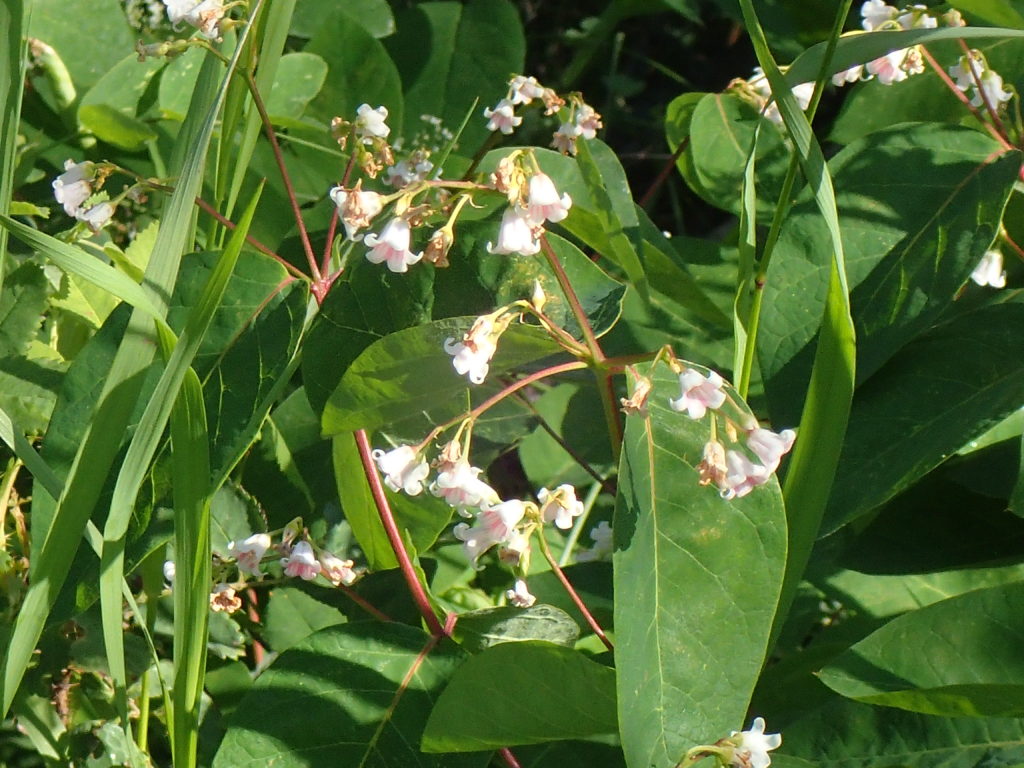
Milkweed?
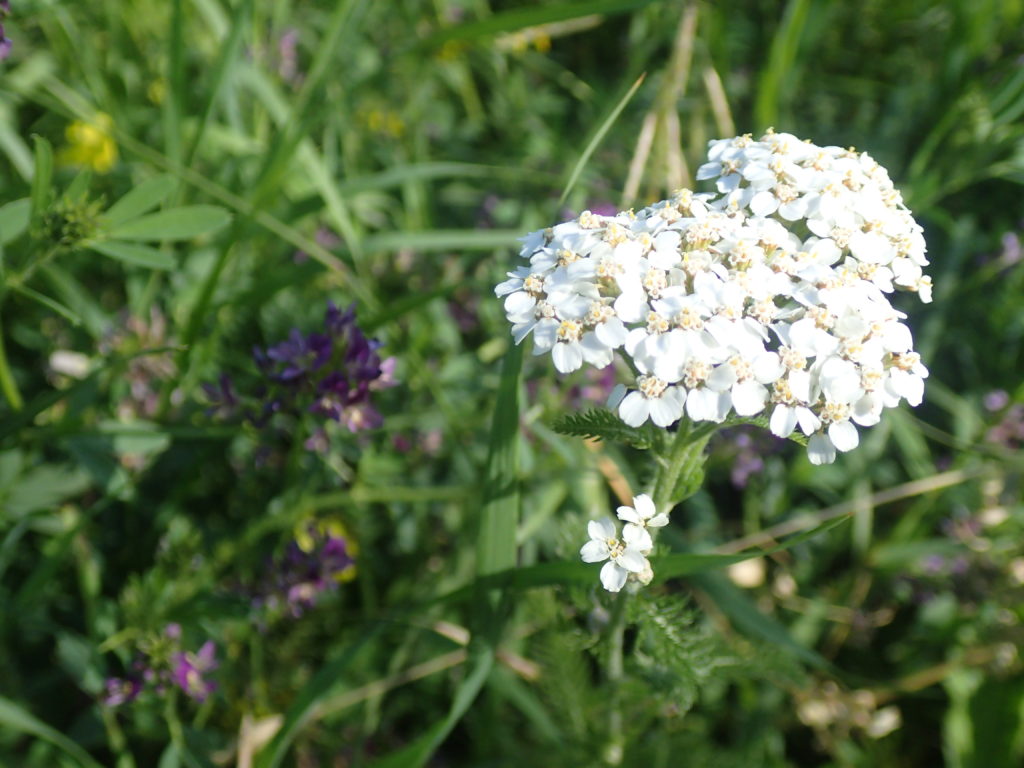
Yarrow
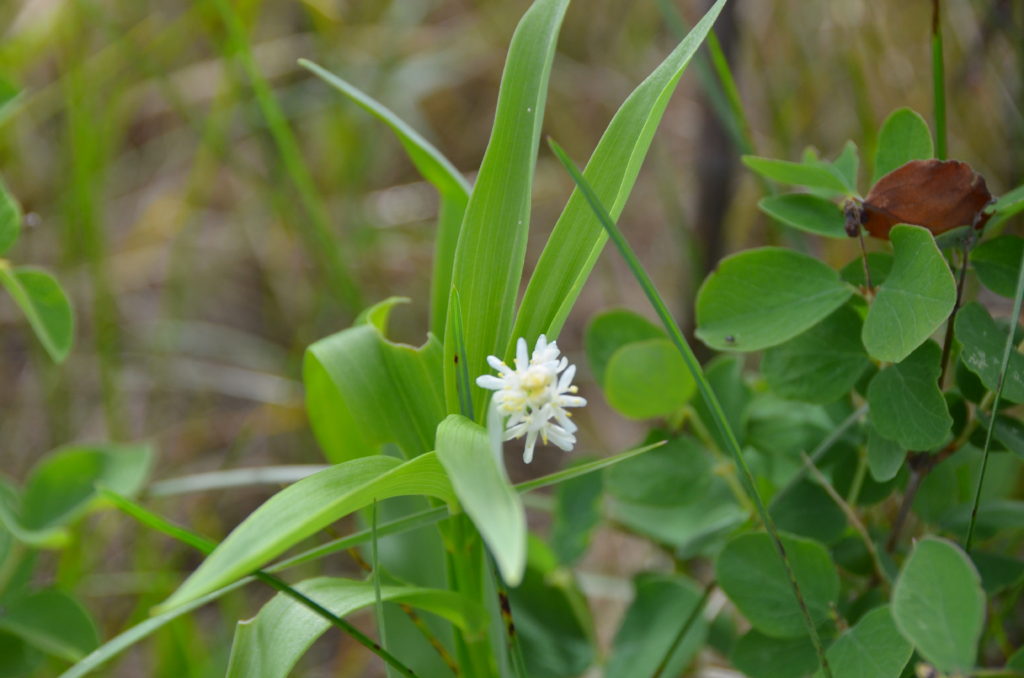
Couldn’t identify
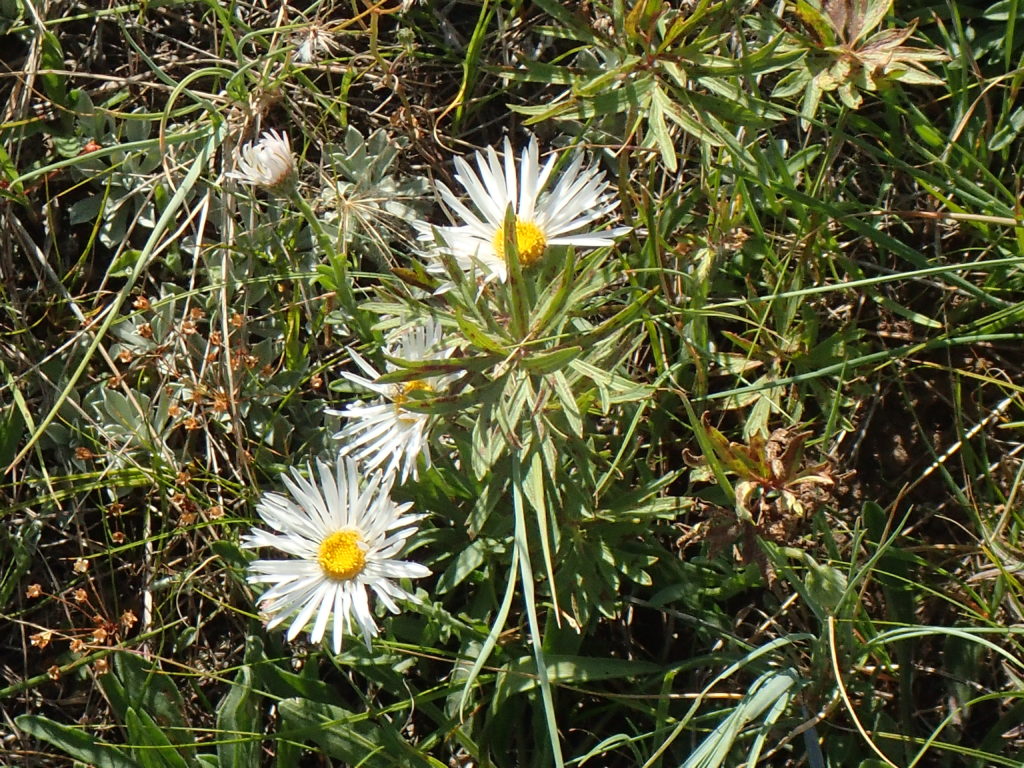
Daisy
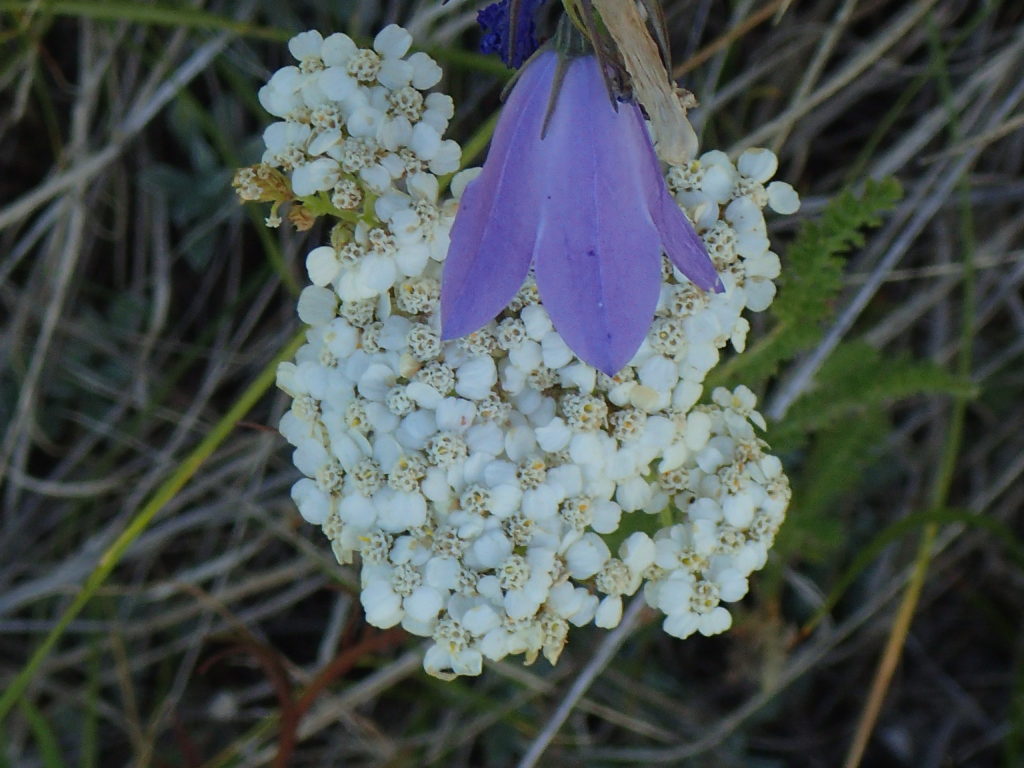
Milkweed and harebell
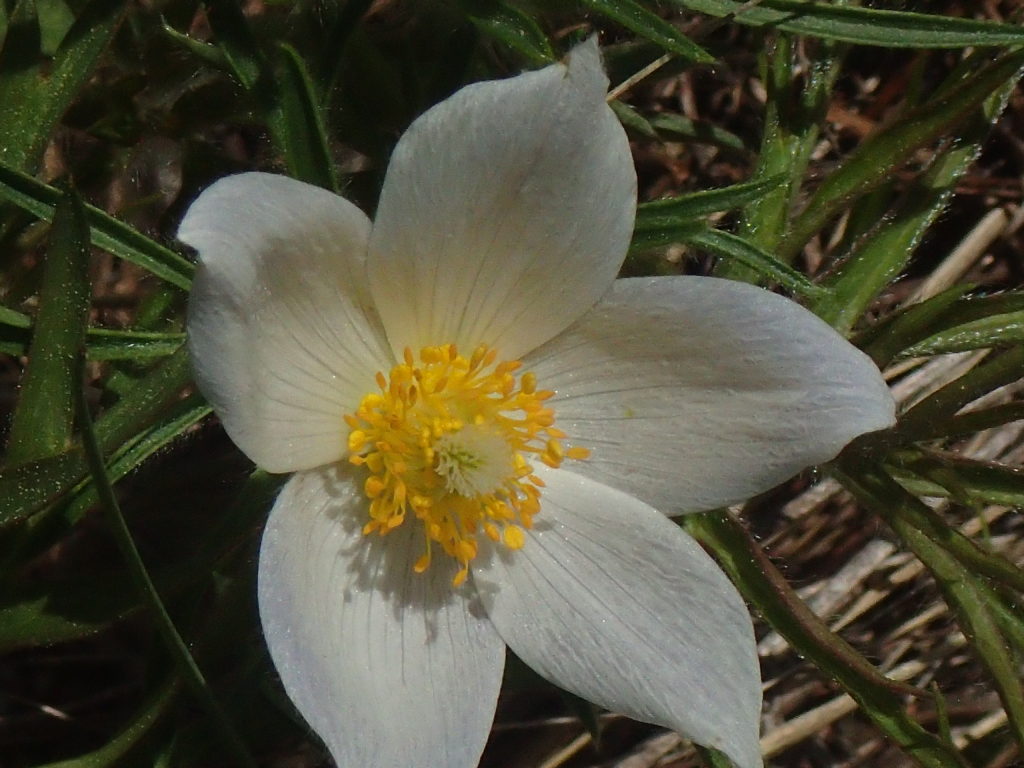
Anemone
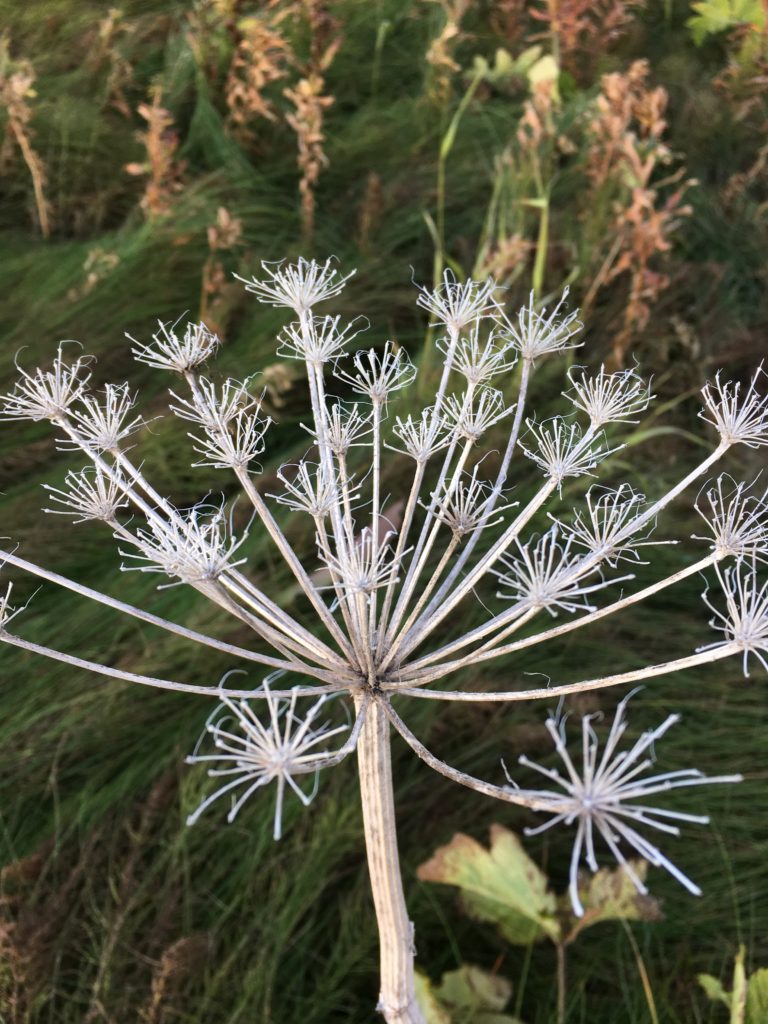
End of season Cow Parsnip
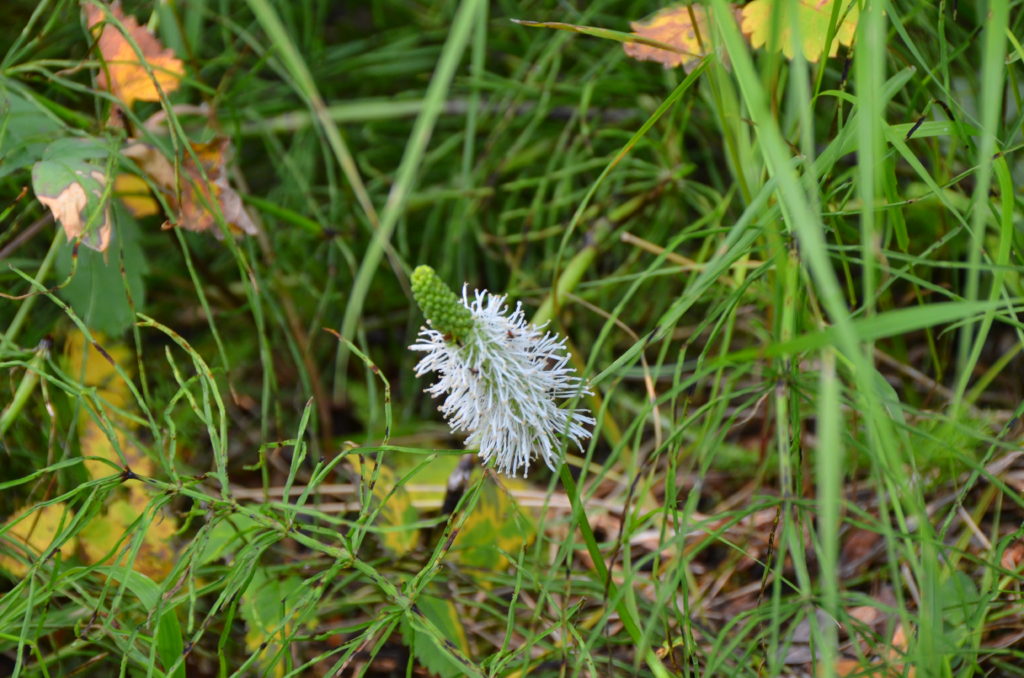
Couldn’t identify
[easy-image-collage id=1494]Cactus
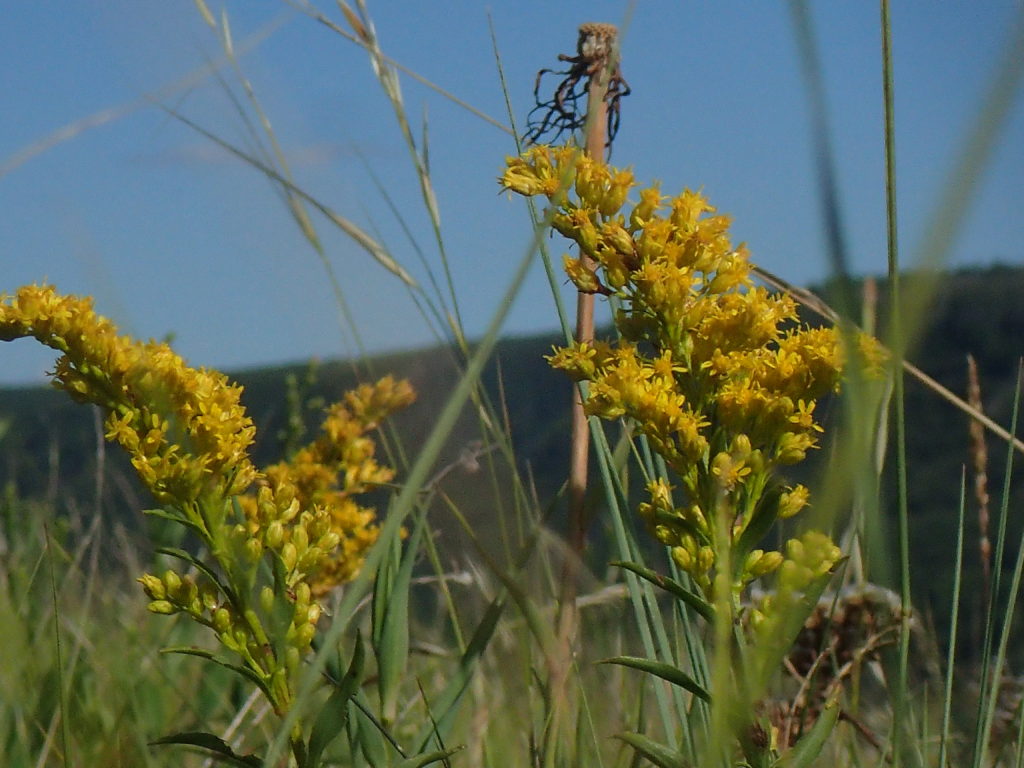
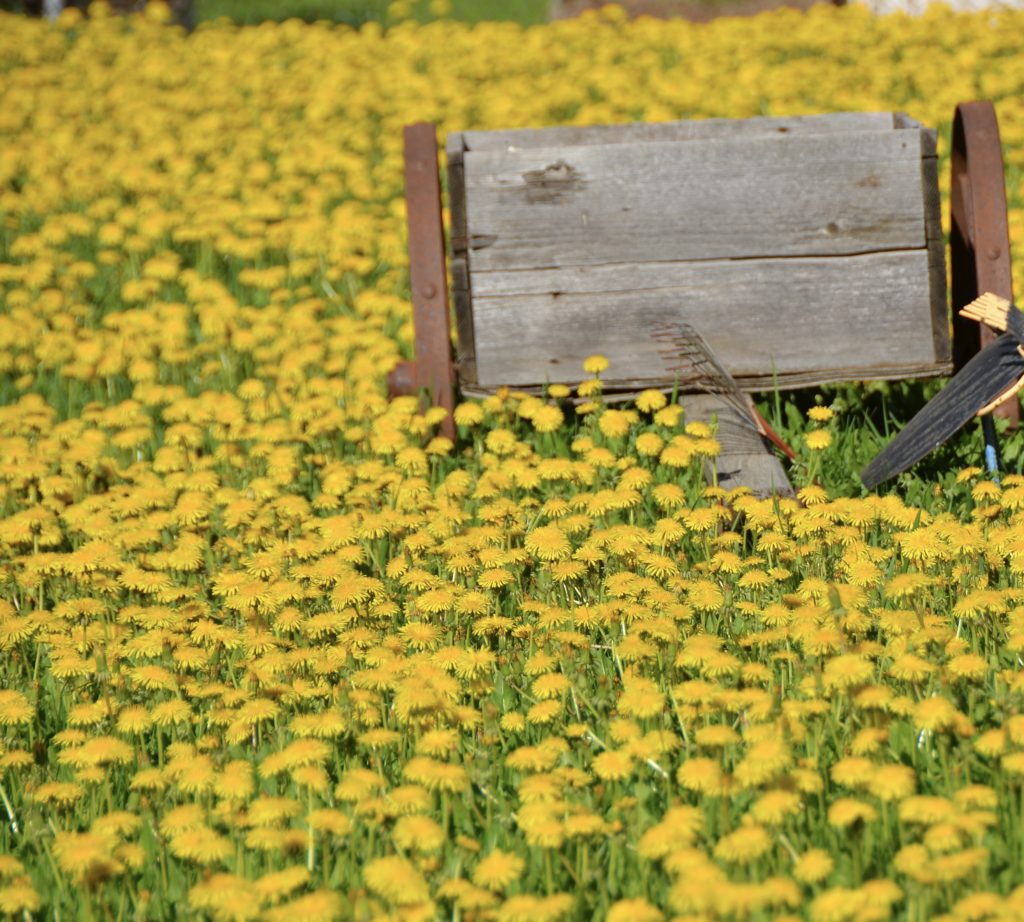
Five lessons from wildflowers
- Don’t be deceived by the seemingly barren hillside. Wildflowers are beginning to stir.
- Wildflowers grow and bloom in their own time. Each plant is patient. Waiting for the conditions that allow them to unfold their own beauty.
- Some wildflowers are large and showy and hard to miss. They care not that they share the space with other wildflowers. They bloom true to themselves.
- Others, like the violet, are small and hidden. Their beauty delicate and vibrant. The violet is not shrinking. It’s brave because it does not fail to bloom for fear of being trampled.
- Every wildflower accepts the changing seasons without grudge or regret. They carry their secret, their identity within themselves. The vagaries of life do not define them.
Wildflowers are both ephemeral and enduring.
Each week found some flowers fading away. Others just beginning to carpet the hillside with their blooms. The landscape an ever changing kaleidoscope of colour.
The mystery of the wildflower is that it blooms repeatedly. Recharging while dormant, only to push through the soil and bloom stronger and more vibrant than ever.
You are a wildflower
You carry within you a uniqueness, an energy that only you possess. There is a purpose within you that is waiting to bloom. Or maybe you are in full bloom. If so, bloom true to yourself.
Don’t forget to sign up for our newsletter if you haven’t already done so.
Have an awe-inspiring day!
~ Priscilla
P.S. If you see a mistake in the flower identification or know the names of the flowers that I missed, please comment below. Thanks!
To see a world in a grain of sand and a heaven in a wildflower.
~William Blake
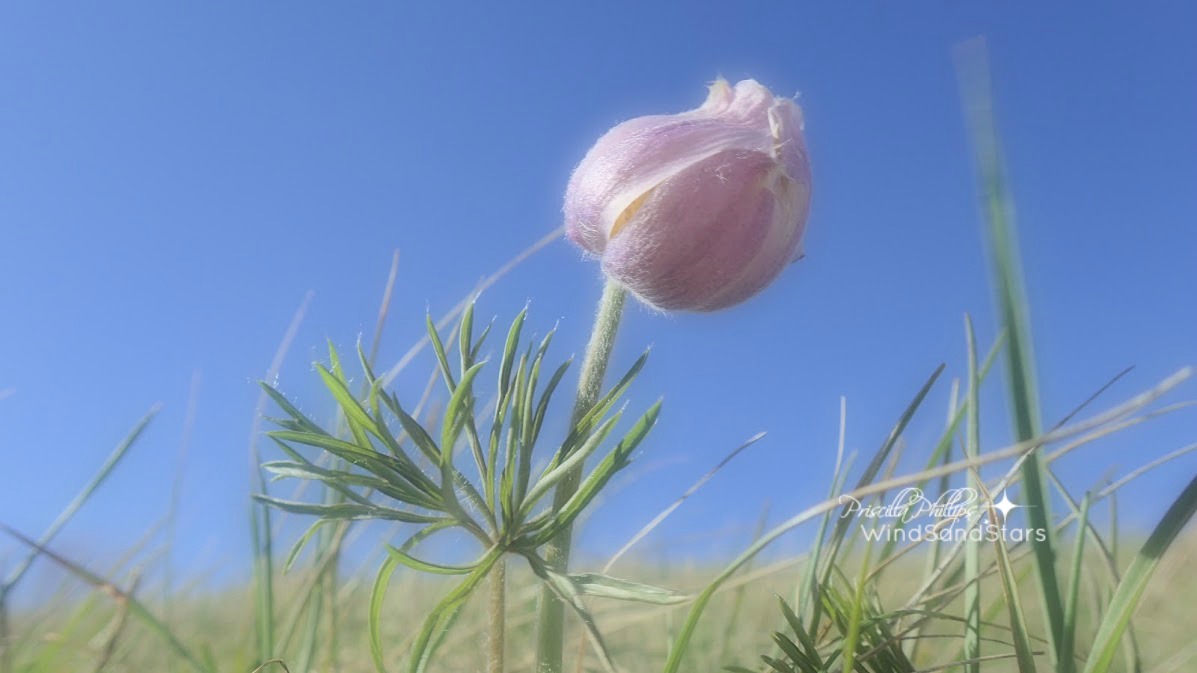
Yes! I want to receive your newsletter!
Simply . . .
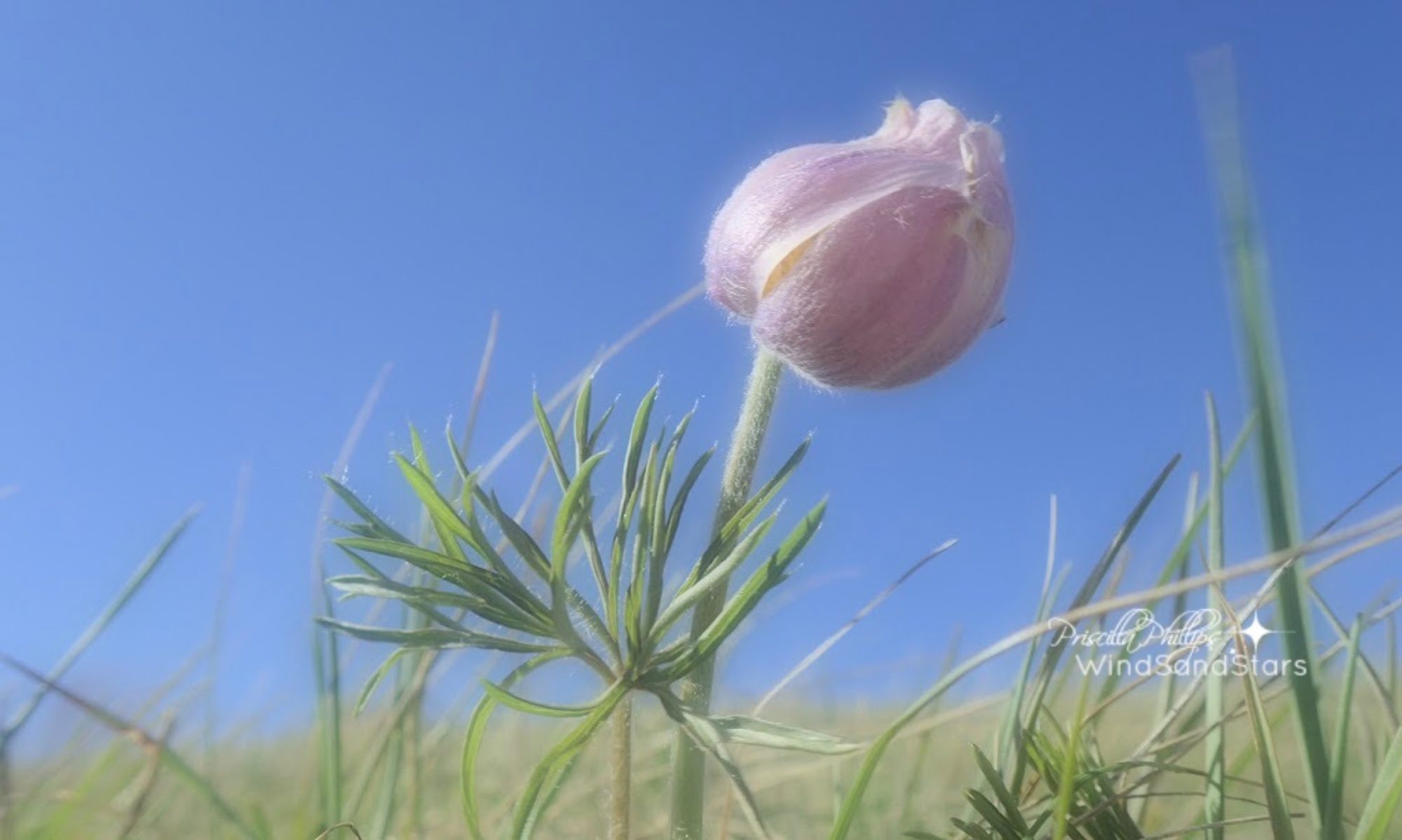
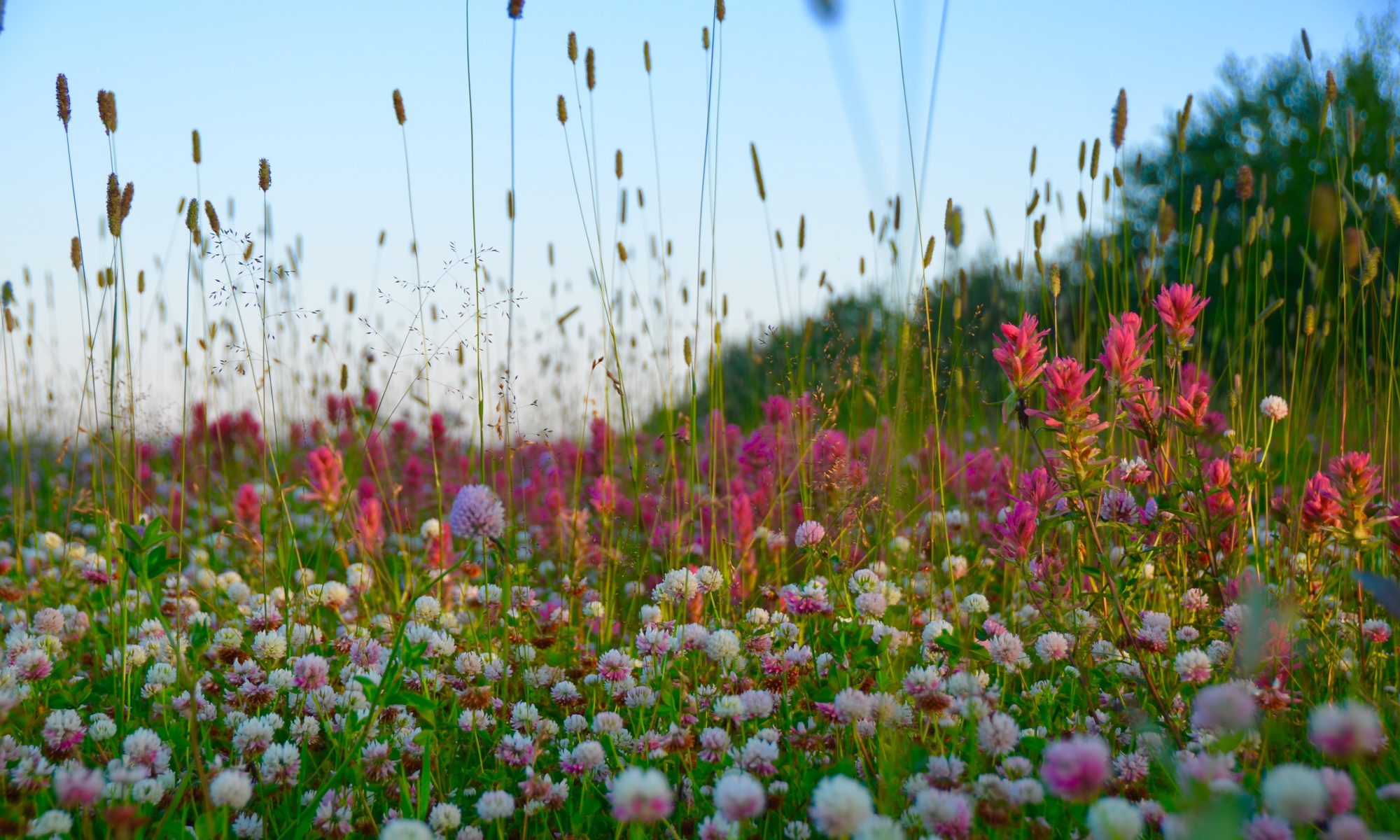
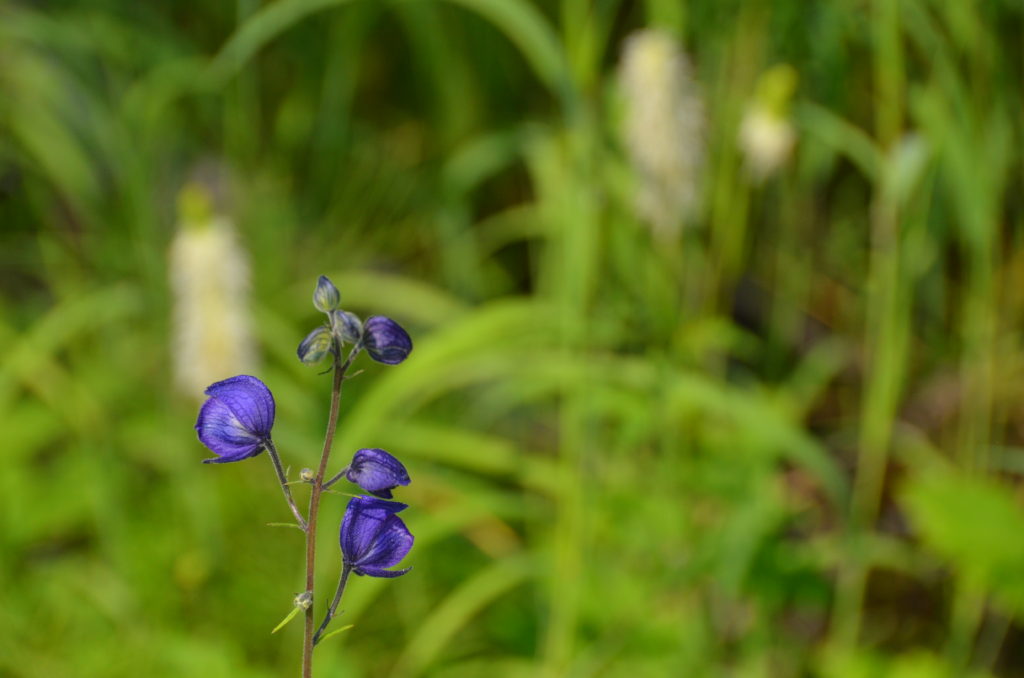
And never forget the lovely Dandelion 🙂
Yes! The dandelion gets a bad rap yet has uses from wine to medicine. And delight to the child who recognizes its beauty. And to adults who remember …